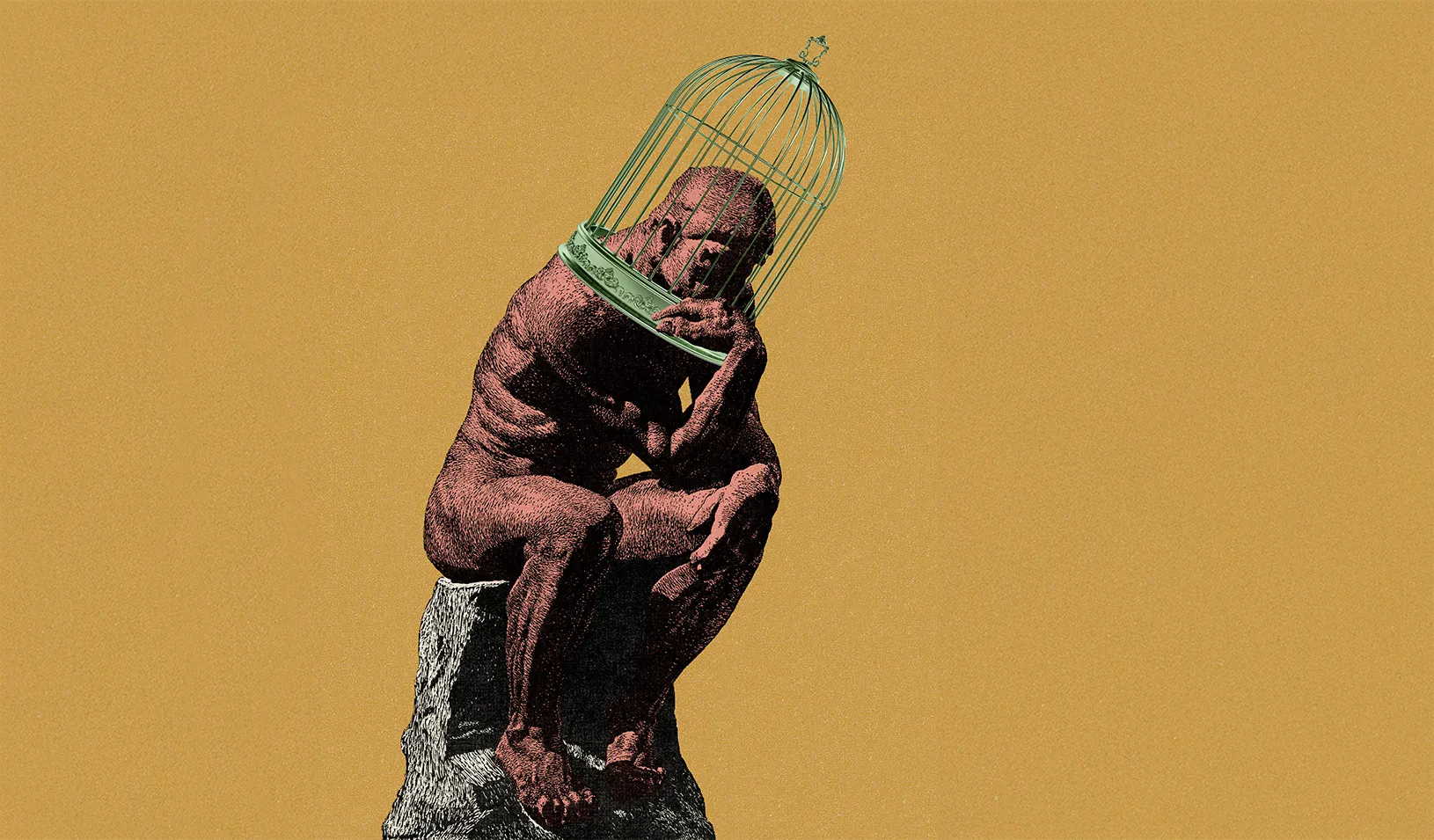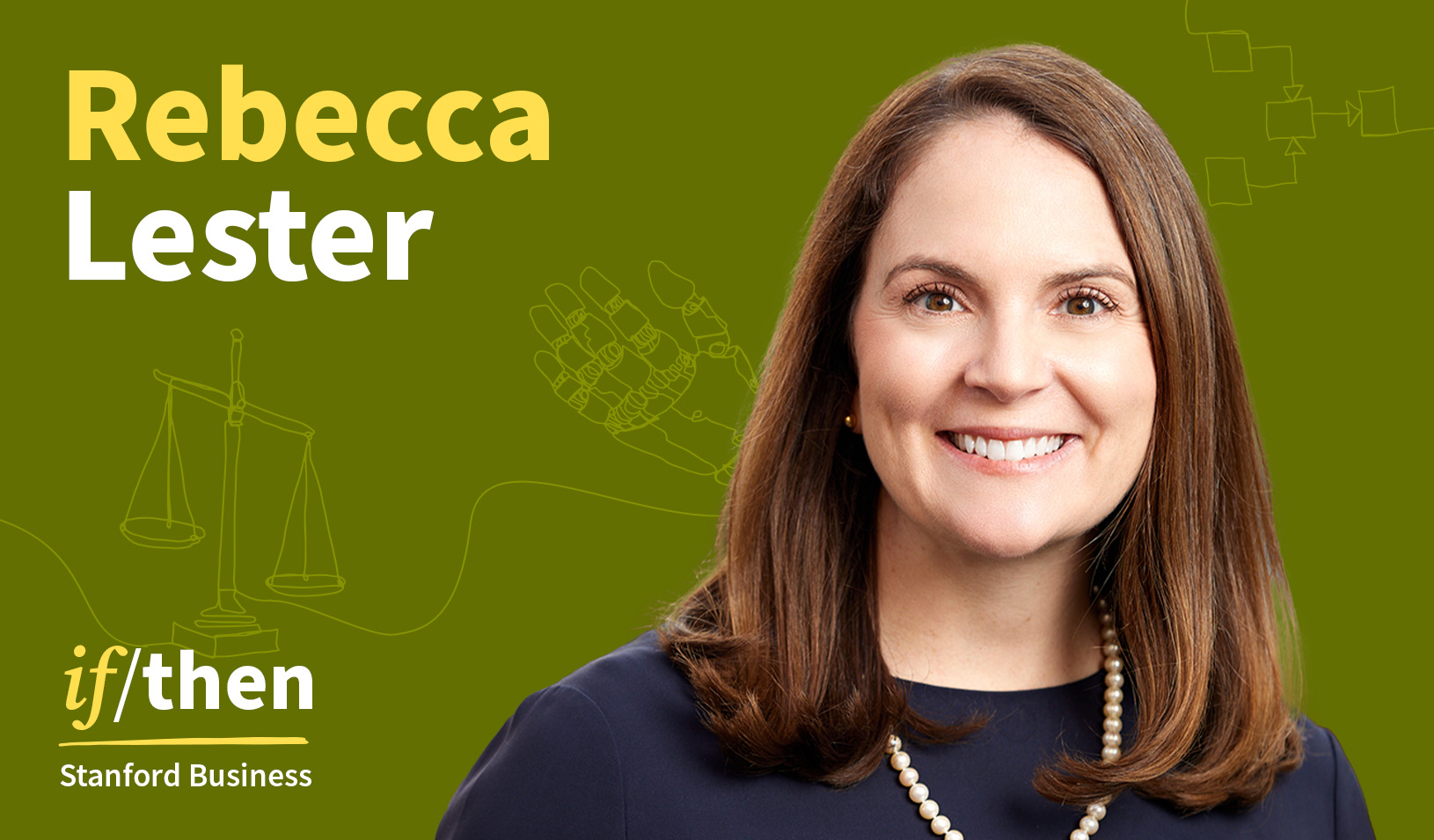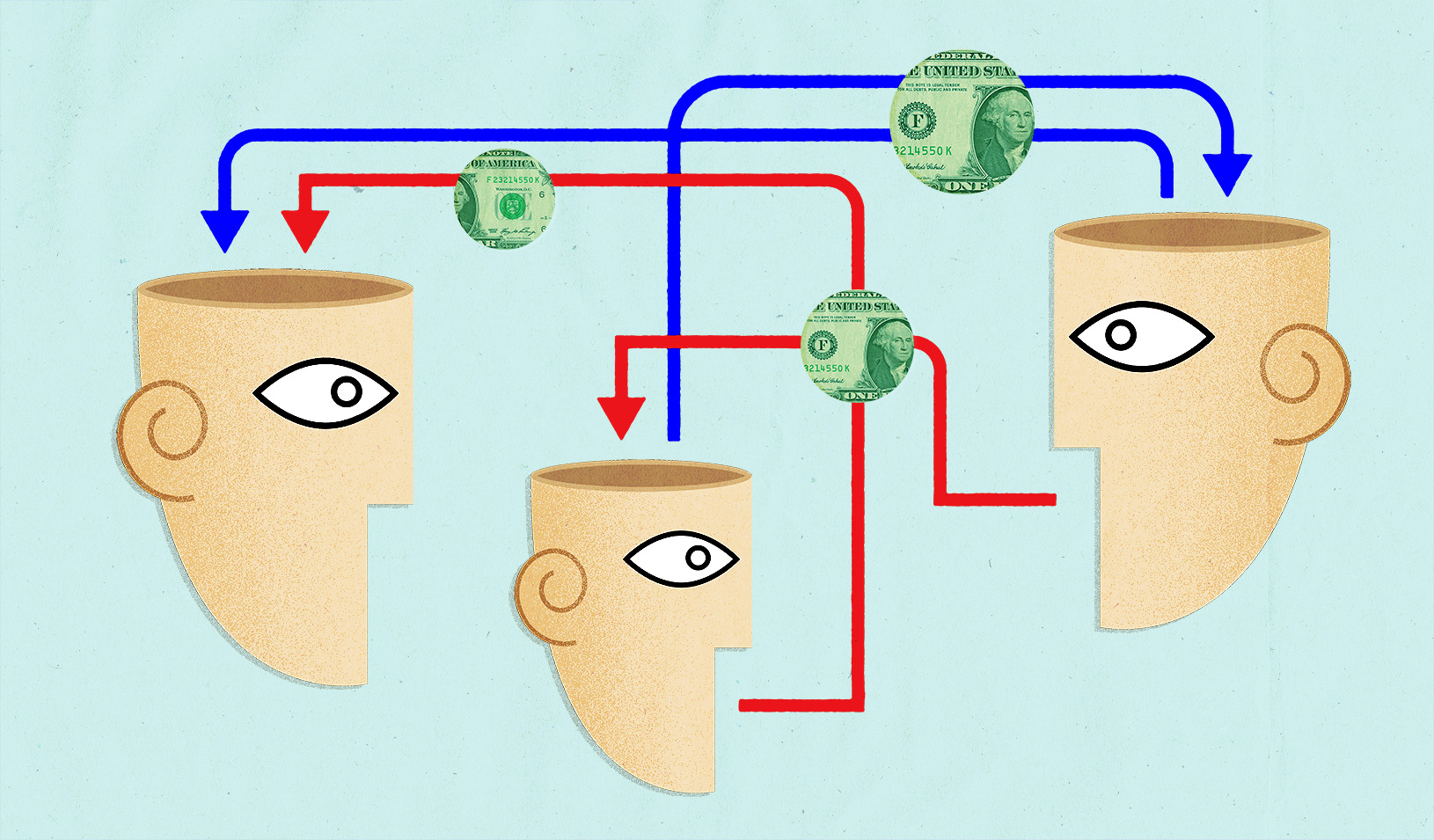In the early 2000s, a Texas software programmer named Evan Brown perfected an idea he’d been tinkering with for decades. While on vacation, he worked out the final pieces of a system to convert data from legacy mainframe computer systems into contemporary programming languages, an innovation he believed could run old software on faster machines. He tried to forge a deal with his employer, DSC Communications, so he could keep working on his idea and share any profits from it.
Negotiations broke down. Ultimately, DSC sued Brown, claiming he had violated his employment agreement. In a case known as Alcatel USA, Inc. v. Brown, the company (which had been bought by the telecom giant Alcatel) said Brown’s idea was its property since he had signed a contract that gave it ownership of any inventions he came up with while at the firm. In 2002, a Texas district court sided with DSC, and Brown had to surrender his innovation to his former employer.
The landmark case zeroed in on the tension between inventors who strive to protect and monetize their creations and companies that seek to use and market their employees’ inventions. Media coverage of the case positioned it as a cautionary tale for technologists with creative ideas. One article described the ruling as “a victory for business and a blow to the little guy.” A headline at the time asked, “Who owns your brain?”
For Chris Armstrong, the Alcatel decision’s ongoing impact presented a unique opportunity to study the intersection of intellectual property rights and innovation. “Innovation is at the heart of economic growth. It’s a very hot topic these days,” says Armstrong, a professor of accounting at Stanford Graduate School of Business. “A lot of economics problems really boil down to unclear property rights,” he says. “And as an academic, I can sympathize with the issue of who retains the rights: Is it the firm or is it the employees?”
Corporate employees develop up to 90% of patentable inventions, largely because individual inventors generally lack the resources to develop and commercialize their ideas independently. The Alcatel case marked a pivotal shift in how their intellectual property rights are determined. “Before, it was nebulous who owned intellectual property rights,” Armstrong says. “The appeals court deciding not to hear Brown’s case really clarified who owned the rights.”
Before the Alcatel decision, inventors could put their firm in a “hold-up” position by threatening to take their innovations to a rival or launching their own startup if demands like higher salaries weren’t met. In a classic example from the 1950s, researcher William Shockley felt constrained by his employer, Bell Labs, so he took his ideas to develop the transistor and started his own company, planting the seeds of what would become Silicon Valley.
Alcatel set a precedent for who owns employees’ ideas in every state except the nine that have legislation to protect employee inventors (California, Delaware, Illinois, Kansas, Minnesota, North Carolina, Nevada, Utah, and Washington). In a recent paper, Armstrong —with Stephen Glaeser of the University of North Carolina at Chapel Hill, Stella Park of Singapore Management University, and Oscar Timmermans of the London School of Economics — uses that split to explore the case’s impacts on innovation, disclosure, employee mobility, and hiring decisions for inventors.
Movers of Invention
The researchers built a sample of more than 82,000 successful patent applications from public U.S. firms filed between 2003 and 2006, pulling out data on the inventors and their locations. Of particular interest were companies with employees both in states subject to the ruling and in any of the nine states that weren’t. Within the same firm, researchers compared inventors affected by the Alcatel decision to those who weren’t.
The researchers found that affected inventors were 24% less likely to leave their employer for a competitor over the next five years compared to the average departure rate for all inventors in the sample. This finding suggests that shifting intellectual property rights away from inventors to firms mitigated hold-up problems: Inventor employees were hesitant to leave their current position since they could not take their inventions with them.
Some inventors, however, did move states with their current company, the researchers found, and in many cases, employees’ moves appeared to be strategic. The researchers discovered that among inventors who switched states, those impacted by Alcatel were nearly 49% more likely to pick a state unaffected by the ruling. Armstrong says this suggests inventors prefer working in states where they have stronger intellectual property rights and can monetize their ideas independently.
The ruling also affected the types of work inventors perform. With stronger property rights for firms, companies became more willing to let their inventor-employees work on generalizable, rather than firm-specific, innovations. The ruling also appeared to impact firms’ hiring practices and how they disclose patents. When protected by Alcatel, companies were more likely to hire inventors living in “agglomeration economies,” areas in which many companies and inventors co-exist, such as Silicon Valley. One possible explanation, says Armstrong, is that Alcatel helped protect companies from talent poaching: The ruling made it less likely that other employers in the same tech hub would hire away their inventors.
Firms impacted by the ruling also sped up disclosure of their innovations to the U.S. Patent Office. Innovation disclosures are important because they often inspire other inventors to create new products. The researchers discovered that Alcatel v. Brown led to a nearly 7% reduction in the time that firms took to disclose information.
The study’s findings offer valuable insights into the factors driving and hindering inventions at a time when innovation plays an increasingly vital role in fueling economic growth and creating value — from breakthroughs in AI and technologies to combat climate change to novel solutions for supporting aging populations and addressing public health crises.
Armstrong and Glaeser are continuing to dig even deeper into patent disclosures. The patent process is a fluid and transparent one that includes revising and resubmitting along the way. The researchers are interested in how this slow leak of information could be impacting innovation. “As accountants, we’re very interested in disclosure measurements — we’re very particular and precise,” Armstrong says. “And this may well lead to some very interesting findings.”
For media inquiries, visit the Newsroom.






